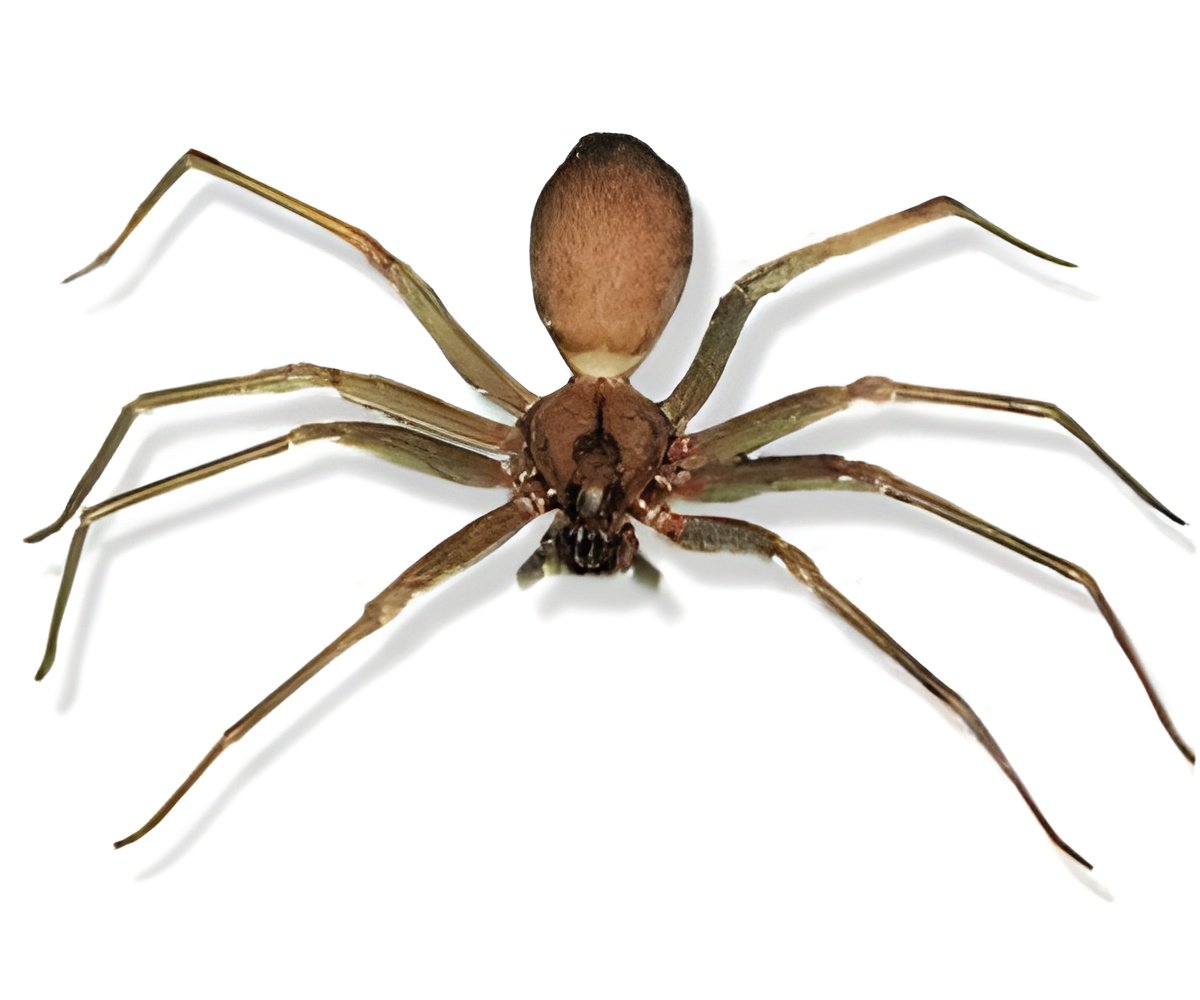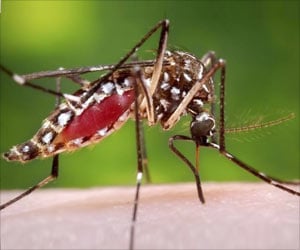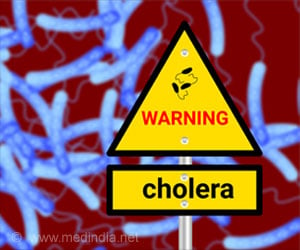
"Most insecticides used today take a carpet-bombing approach, killing indiscriminately and sometimes even hurting humans and other animals," says Bosmans. "The more specific a toxin's target, the less dangerous it is for everything else."
Their finding began with the mistaken inclusion of a protein, called Dc1a, in a shipment sent by the team's Australian collaborators. The protein was extracted from the venom of the desert bush spider Diguetia canities, which lives in the deserts of the southwestern United States and Mexico and is harmless to humans.
When Bosmans' Australian collaborators tested the impact of Dc1a on proteins from American cockroaches, the proteins reacted very weakly, so they hadn't planned on sending Dc1a to Bosmans for further study. But it was accidentally included with other spider venom proteins for Bosmans' group to test, says Bosmans, so his laboratory did so.
The Bosmans lab studies proteins called sodium channels, which are found in the outer envelope of nerve cells throughout the body. Stimuli, like the acute pressure of hitting your finger with a hammer, are communicated to the proteins, causing them to open their pores so that sodium flows in. The positive charge of sodium causes an electrical signal to be sent down the nerve, eventually reaching the spinal cord and brain so the body can react.
Source-Eurekalert










